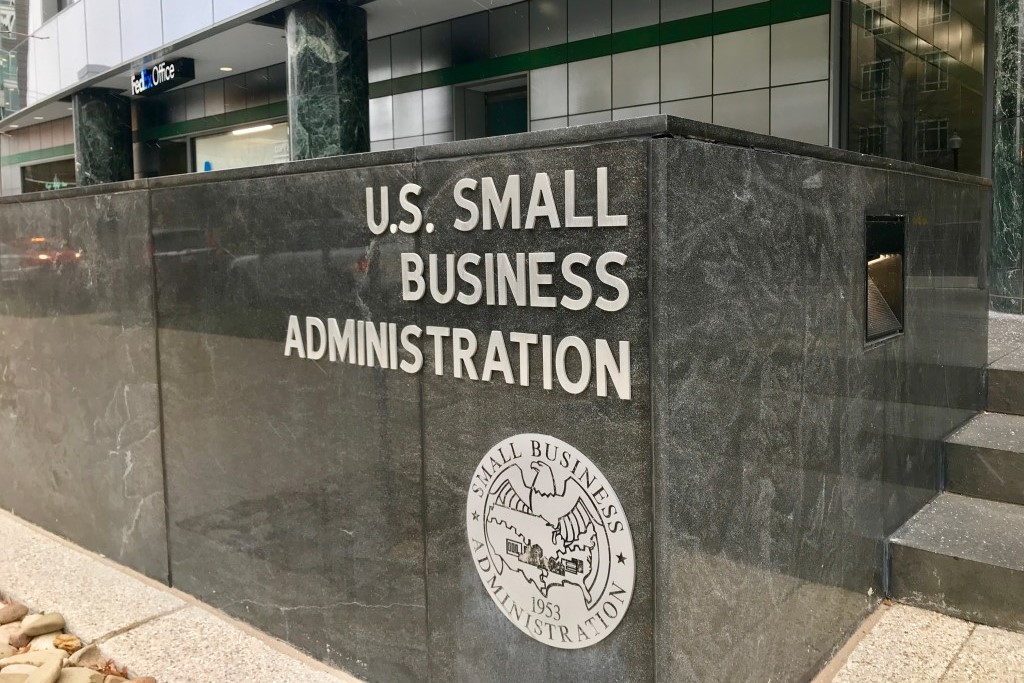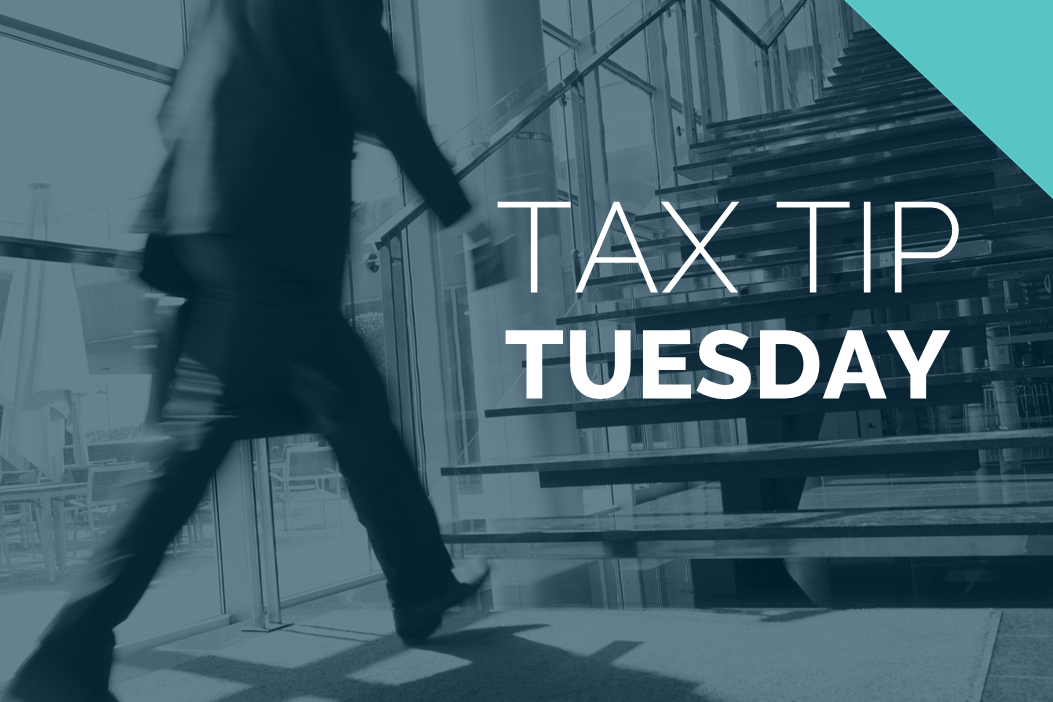Effective May 21, 2023, P&N has joined EisnerAmper. Read the full announcement here.

On March 27, 2020, Congress passed, and President Trump enacted, the Coronavirus Aid, Relief, and Economic Security (CARES) Act to provide emergency health care and economic assistance during the COVID-19 global pandemic. One of the main provisions created by the CARES Act is an extension of lending by the Small Business Administration (SBA) known as the Paycheck Protection Program (PPP). Beginning Friday, April 3, 2020, this application process will open for most small businesses. On Thursday, April 2nd, the SBA issued an interim final rule concerning certain provisions of the PPP. Those relevant clarifications are summarized here:
Interest Rate: The interest rate of PPP loans will be 1%.
Definition of Payroll Costs: The interim final rule clarifies how “payroll costs” are determined for the purposes of the PPP:
The following costs are included in payroll costs:
- Compensation of an employee (whose residence is inside the United States) in the form of salary, wages, commissions, similar compensation, or tips;
- Payment for vacation, parental, family, medical, or sick leave;
- Allowance for separation or dismissal;
- Payment for employee benefits consisting of healthcare, insurance premiums, and retirement;
- Payment of state and local taxes assessed on employee compensation; and,
- For an independent contractor or sole proprietor: wage, commissions, income, or net earnings from self-employment or similar compensation.
The following costs are excluded from payroll costs:
- Compensation of an employee whose residence is outside of the United States;
- Prorated compensation of employees in excess of an annual salary of $100,000;
- Federal employment taxes including both the employee’s and employer’s share of FICA and employee income taxes withheld between February 15, 2020 and June 30, 2020;
- Qualified sick and family leave wages pursuant to the Families First Coronavirus Response Act (FFCRA); and,
- Payments to independent contractors; these payments do not count as payments to employees as independent contractors have the ability to apply for their own PPP loan.
Note: The “final” PPP guidelines are not clear as to how payments to partners in a partnership will be considered in the definition of payroll costs.
For purposes of calculating max loan amount, FICA (employee and employer portion) and federal income taxes that are imposed or withheld between February 15, 2020 and June 30, 2020 appear to be excluded. For example, if an applicant uses the prior 12-month period for loan amount calculation (e.g. April 1, 2019 - March 31, 2020) to calculate payroll costs, FICA and federal income tax imposed or withheld during the period February 15, 2020 - March 31, 2020 may be excluded from the loan calculation. If, however, an applicant uses the 2019 calendar year as the payroll cost base, then the employee portion of FICA and income taxes will be included in the calculation of the loan amount, since calendar year 2019 is not during the exclusionary period of February 15, 2020 - June 30, 2020.
For purposes of loan forgiveness, FICA and income tax withholding paid with loan proceeds will not be eligible for loan forgiveness since they will be imposed or withheld during the exclusion period (i.e. February 15, 2020 - June 30, 2020). Below, we address the conflicting guidance on the time period to use as the payroll cost base. P&N is monitoring this issue closely and will update on any further clarification provided.
Payroll Cost Period:
There is a variety of conflicting guidance with respect to the period over which to calculate payroll costs for non-seasonal employers. Specifically, the guidance is as follows:
- CARES Act: The CARES Act indicated that the payroll costs should be determined based on the one-year period before the date on which the loan is made.
- PPP Application Form: The PPP Application states that most Applications will use the average monthly payroll for 2019.
- Interim Rule – Loan Amount: As described above, the interim rule follows the CARES Act and indicates that the payroll costs from the last 12 months should be used to calculate the loan amount.
- Interim Rule – Lender Underwriting: As described in more detail below, lenders are required to confirm average payroll costs for the preceding calendar year in order to extend the loan.
P&N is monitoring this issue closely and will update on any further clarification provided.
Calculation of Loan Amount:
- Step 1: Aggregate payroll costs for the last 12 months.
- Step 2: Subtract any compensation paid to an employee in excess of annual salary of $100,000 or, in the event the loan amount is being calculated for an independent contractor or sole proprietor, amounts paid to an independent contractor or to the sole proprietor in excess of $100,000.
- Step 3: Divide such amount by 12, to find monthly payroll costs.
- Step 4: Multiply this amount by 2.5.
- Step 5: Add any outstanding Economic Injury Disaster Loan (EIDL) made between January 31, 2020 and April 3, 2020, less any advance of such loan that was forgiven by the CARES Act.
Loan Forgiveness:
The SBA has indicated it will issue additional guidance on loan forgiveness.
EIDL and PPP
If a borrower has received an EIDL from January 31, 2020 to April 3, 2020, PPP is still available. If the EIDL loan was not used for payroll costs, then PPP eligibility is unaffected. If a borrower used an EIDL for payroll costs, then the borrower’s PPP loan must be used to refinance the existing EIDL loan.
Misusage of PPP Funds
The interim rule makes clear that if a borrower uses PPP funds for unauthorized purposes (e.g., not an allowed use of funds), then they will need to repay those amounts. In addition, if a borrower knowingly uses funds for unauthorized purposes, then such borrower will be subject to charges for fraud.
Lender Underwriting Responsibilities
Each lender shall:
- Confirm receipt of borrower certifications from PPP applications;
- Confirm receipt of information demonstrating that a borrower had employees for whom the borrower paid salaries and payroll taxes as of February 15, 2020;
- Confirm dollar amount of average monthly payroll costs for preceding calendar year by reviewing the payroll documentation submitted with borrower’s application;
- Follow various Bank Secrecy Acts (BSA) requirements.
In addition, for purposes of loan forgiveness, the lender does not need to conduct any verification if the borrower submits documentation supporting the request for forgiveness and attests that such documents accurately verified payments for eligible costs.
While this interim rule did not address the application of the SBA affiliation rules to PPP loans, the SBA noted in this interim rule that it intends to issue such guidance promptly.
Help Is Available
As the CARES Act is finalized, future legislation is developed, deadlines are updated, and additional challenges and opportunities are uncovered, P&N’s dedicated professionals are committed to understanding and applying this information to help our clients. Please contact us or connect with your P&N advisor to discuss your organization’s questions, concerns, and priorities.



